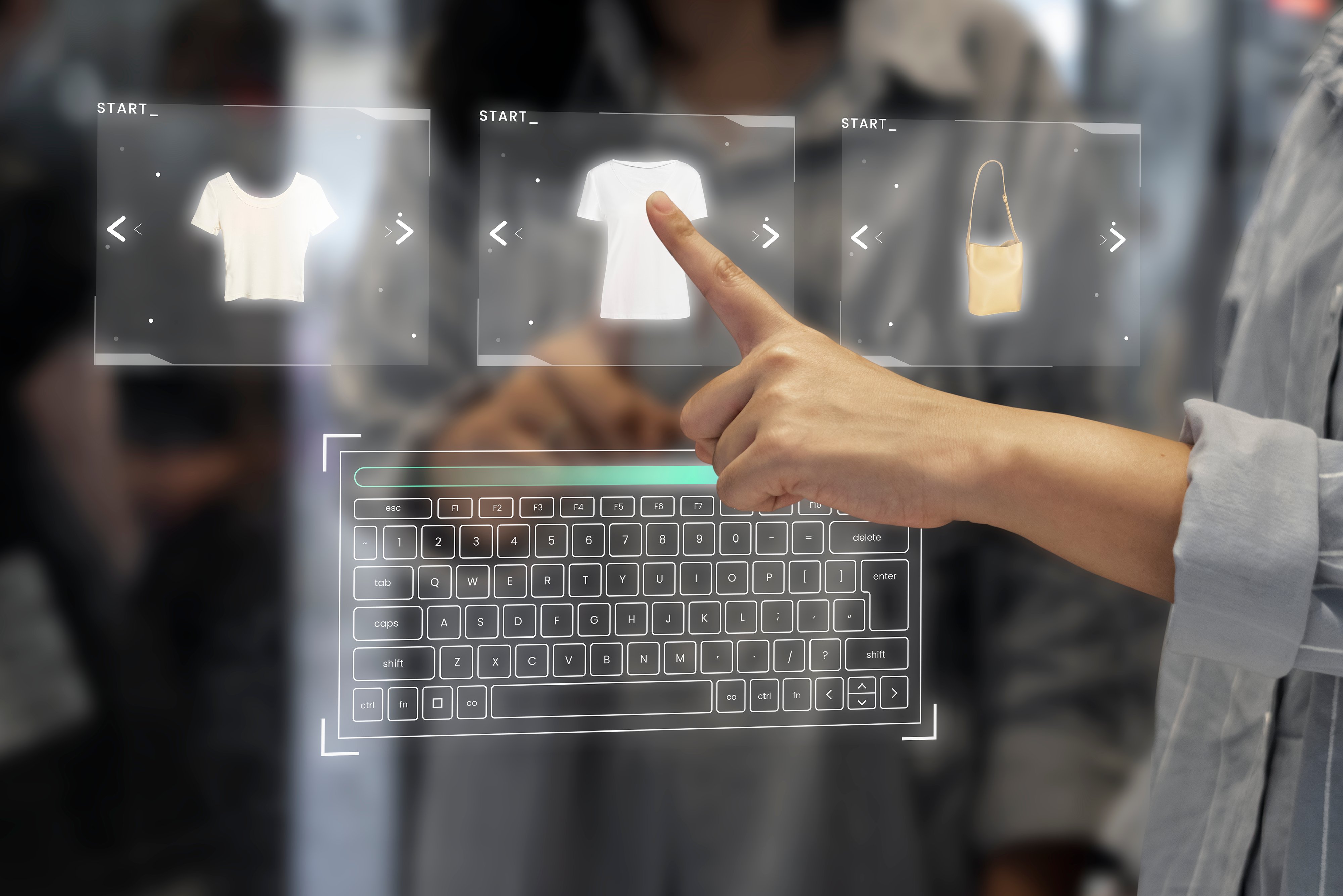Technology has already had a profound impact on shopping behavior, and in many cases the store of the future is already almost within reach. Retailers are digitally transforming themselves to take advantage of technologies such as artificial intelligence, augmented reality, smart shelves and mirrors, and grab & go. Competition is increasing for innovative, experiential retail offerings, hyper-personalized omnichannel shopping, and greener products and business practices. Similarly, customer expectations are rising that they can seamlessly switch between brick-and-mortar and online stores at every step of the customer journey.
With the help of artificial intelligence, robotics, the Internet of Things, virtual reality and augmented reality, retailers now have the opportunity to make the shopping experience not only smoother, but also more personalized. The key lies in delivering immersive, data-driven experiences that put convenience and engagement above all else.

Photo from rawpixel.com from Freepik.com
Smart store technology
The concept of a smart store is based on intelligent technologies designed to streamline and personalize the shopping experience while automating mundane and repetitive requirements. Smart technologies that are already shaping the future of retail include:
Smart shelves: smart shelves are IoT devices equipped with digital signage, weight sensors and RFID technologies. Smart shelves are sales tools and are not only used to automatically track inventory in retail stores, but can also optimize inventory and product presentation and provide retailers with real-time data. Smart shelves can also provide customers with cross-selling suggestions and personalized offers.
Smart Mirror: A Smart Mirror in brick and mortar retailing promises to surprise, because it not only meets the customer's need for information, but also brings the shopping experience to the fore. This is precisely why a Smart Mirror uses virtual or augmented reality, for example in a clothing store. However, the mirror surface can also be used as a digital billboard. Logos, product images and videos are displayed in high resolution. In addition, it is possible to scan in products, which are then displayed and explained on the mirror. The information output of prices, available versions of an item, matching products or even a QR code for further information is thus realized.
Retail robots: Retail robots used for tasks such as scanning shelves and wayfinding can also help optimize costs. In addition, retail robots counteract the ongoing shortage of skilled workers.
Real-time inventory: the use of digital barcodes, RFID tags, IoT devices, inventory software and QR codes ensures efficient inventory management and minimizes the risk of an inventory shortage. Real-time inventory management enables retailers to proactively manage their supply chains and reduce costs.
Grab & Go technology: Grab & Go technology works through cameras, weight sensors and Deep Learning to track and automatically charge customers' shopping carts as they leave the store. This technology allows customers to shop at their own pace and skip the checkout step.
Mobile POS (mPOS): mPOS stands for "Mobile Point of Sale." This is a mobile device, such as a smartphone or tablet, equipped with a checkout application. Because they operate without WLAN, mPOS terminals offer retailers the flexibility to conduct transactions at any location. By using mPOS devices, the number of impulse purchases increases and can also help with inventory management and sales analysis.
The experiential retailer
In this context, new smart technologies are a means to deliver immersive and better shopping experiences that meet and exceed customer needs across multiple channels and at different stages of the customer journey. Given the rapid pace of change, what can brick and mortar retailers do to avoid going in the wrong direction in the future shopping scenario? First and foremost, the focus must be on the customer.
- Customer-centric: Customers are always at the center of attention
- Personalized: Today's customers are more willing than ever to pay for an experience tailored to their needs.
- Close to life: Stay close to the target group and always remain authentic.
Experience beats consumption: using smart technology is an effective way to improve the customer experience and ease the transition between the brick and mortar retail experience and online offerings. An experience with the tactile interaction that is missing online, complemented by the technological possibility of virtual or augmented reality applications, is one way to take customer experiences to the next level.